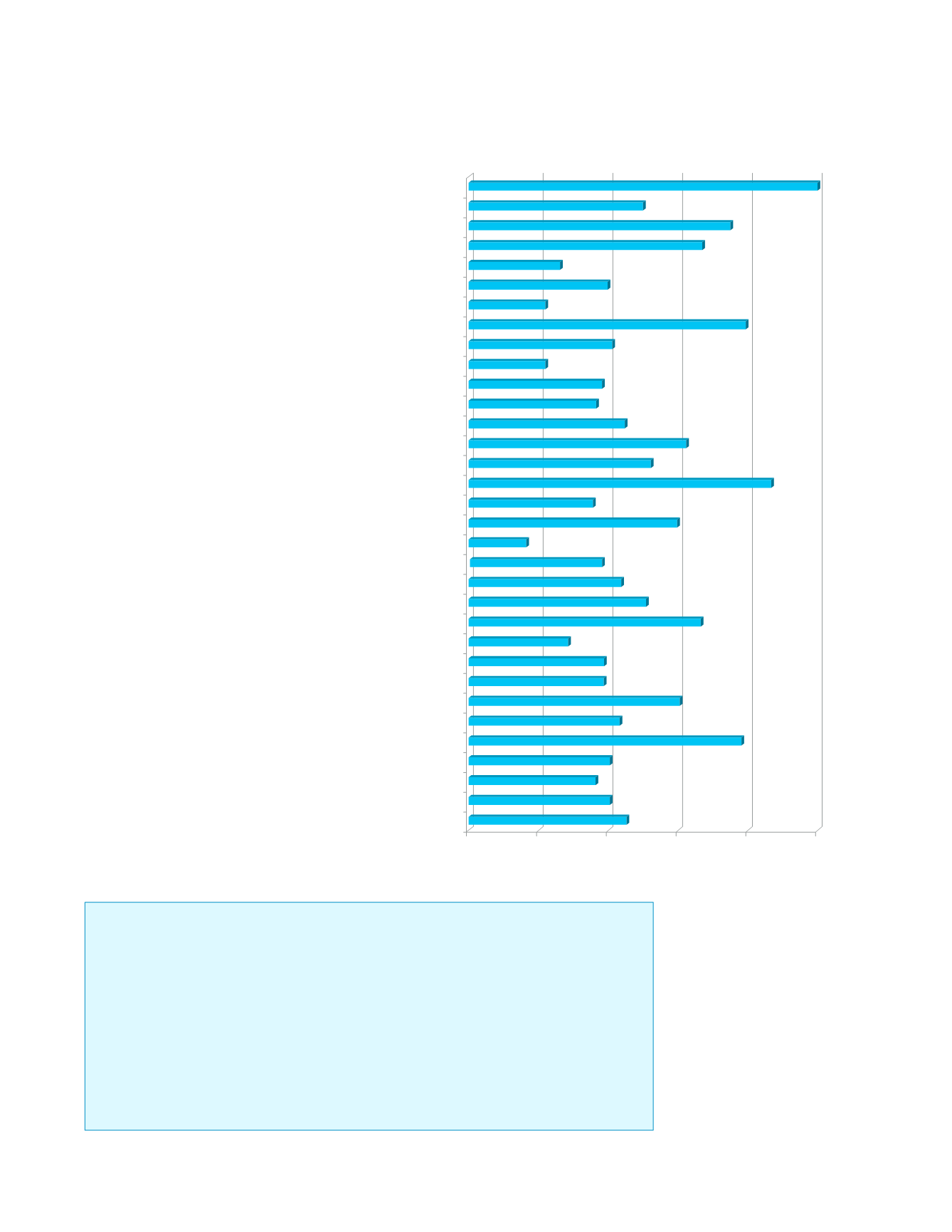
Some Important Programmes in Livelihoods: Searching for Focus?
35
utility and durability of assets, delays in wage
payments, shortage of implementation staff,
lack of adequate planning, lack of outcome-
based monitoring, inadequate coverage of
persons with disabilities and of women in
some states, ineffective social audit and lack
of information technology infrastructure
for monitoring and report. The
Economic
Survey 2014
argued for significant changes
to NREGA and the Scheme (Box 3.1). The
changes that have been brought about relate
to greater involvement of the panchayats in
implementation as also in monitoring of the
programme and linking the programme to
works that result in creation of productive
assets in agriculture and allied activities. An
amendment to Schedule 1 of the NREG Act
has been carried out which states, “for all
works taken up by the gram panchayats, the
cost of material component including wages
of the skilled and semi-skilled workers shall
not exceed 40 per cent at the grampanchayat
level. For works taken up by agencies other
than gram panchayats, the overall material
component including wages shall not exceed
40 per cent at the district level”.
Several new initiatives have been
announced by the department to improve
the scheme implementation (Figure 3.6).
These have been listed as intensive participa-
tory planning, emphasis on agriculture and
allied activities, greater focus on convergence
with the state convergence plan, use of line
departments to provide technical supervi-
sion, outcome orientation in implementa-
tion of projects, a provision for payment of
Though the Act is panchayat-centric and
demand based, on the ground there is lack of
principal role in planning, execution andmoni-
toring by the PRI’s especially the gram sabha.
•
The awareness level in the gram sabha/
PRIs is very low, resulting in lack of
ownership, ill-conceived planning and
shelf of projects, and weak or even no
social audit.
•
The need for community projects is
becoming less important as such works
have already been completed or are on
the brink of saturation or on account of
lack of common interest in public works.
Individual activities on farms are preferred
by beneficiaries.
•
Delayed measurement of works leads to
delayed wage payment. This is also owing
to lack of technical staff.
Box 3.1:
Economic survey 2014
on NREGA
Figure 3.6:
Work taken up as per cent of allocation
0%
20% 40% 60% 80% 100%
Total
AP
Telangana
Rajasthan
Tamil Nadu
UP
Maharashtra
Chhattisgarh
West Bengal
Kerala
Jharkhand
Odisha
MP
Bihar
Karnataka
Assam
HP
Nagaland
Tripura
Gujarat
Punjab
Uttarakhand
Haryana
J & K
Mizoram
Ar Pradesh
Meghalaya
Puducherry
Sikkim
Manipur
Goa
Lakshadweep
A & N
45%
40%
36%
40%
78%
43%
61%
39%
39%
29%
67%
51%
44%
38%
17%
60%
36%
87%
52%
62%
45%
37%
38%
22%
41%
80%
22%
40%
26%
67%
75%
50%
100%
Source:
NREGS MIS sourced from MoRD website.


